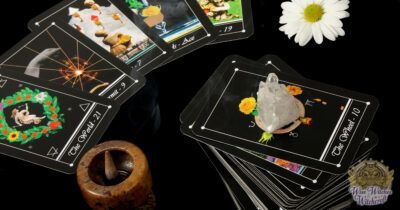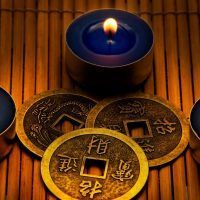Simple Fortunetelling and Divination Pendulum Methods
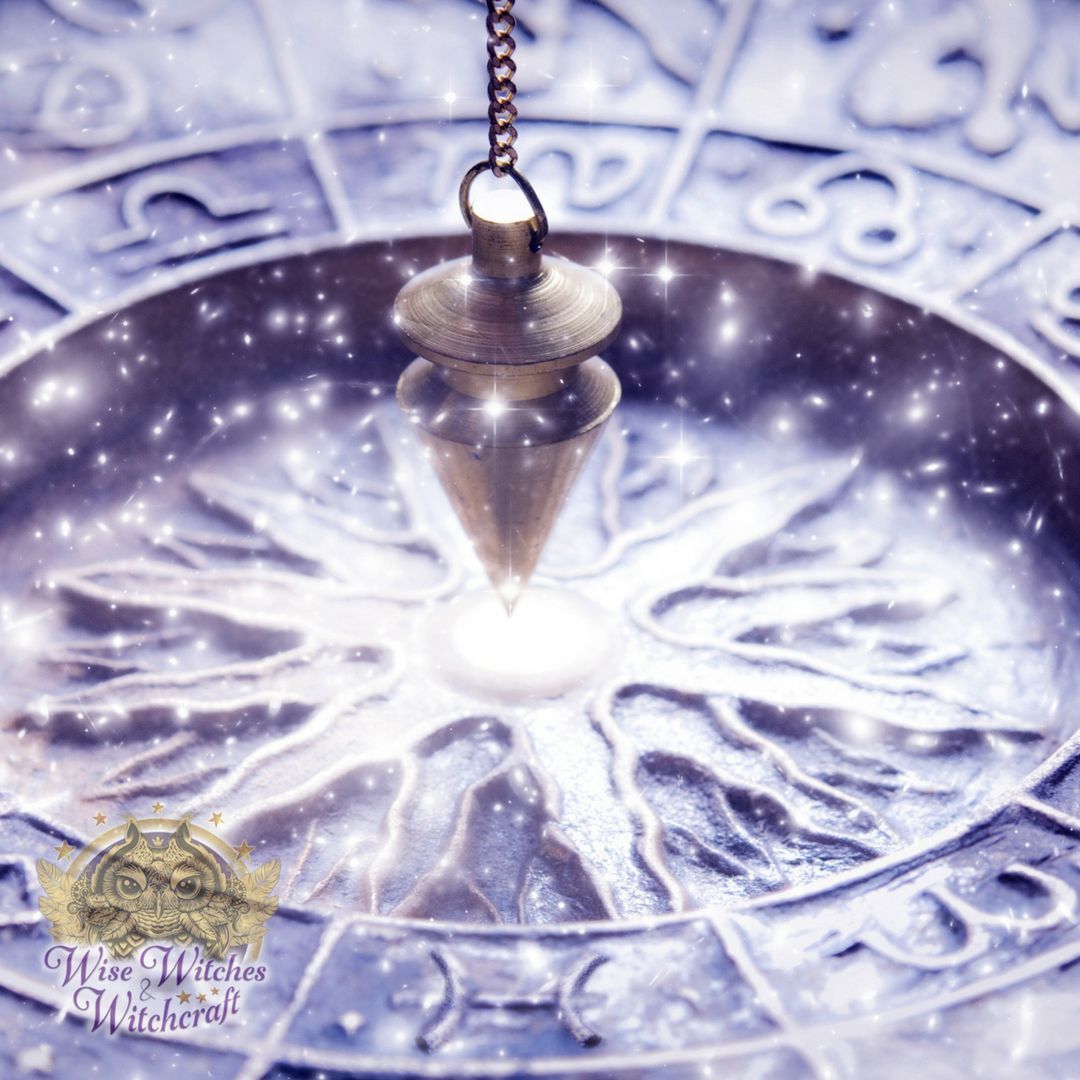
“The pendulum of the mind alternates between sense and nonsense, not between right and wrong.”
– Carl Jung
You can certainly buy a commercial pendulum if you wish (there are some really beautiful options out there). But there is nothing that says you can’t make one instead. Basically, you need a small chain or string to which you attach the pointer. Pendants often make excellent pendulum pointers, but you can also use things like herbs, flowers, crystals, a ring etc. The most important aspect of your pendulum is that it swings easily in any direction. If it’s lopsided, you will get inaccurate readings.
If you wish, create your Pendulum in sacred space using magical timing. Many practitioners do this from the waxing to full moon for two reasons. It’s considered the best moon phase for “growing” intuition. Additionally, the moon brings strong psychic energies to bear on your finished tool.
How do Pendulums Work?
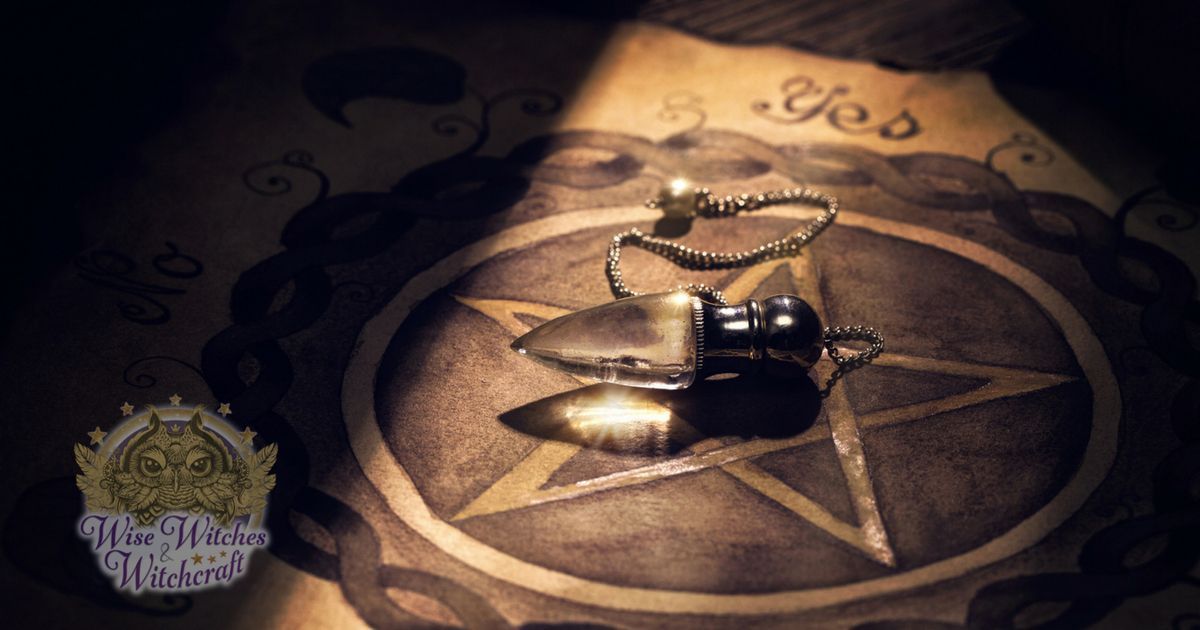
A pendulum is basically an extension of your own intuitive, psychic abilities. Whatever you “pick up” in a reading reflects in the pendulum’s movement. Like any magical tool the idea here is getting past your own doubts and leanings long enough to get a clear answer from the subconscious or super-conscious mind.
Think of your pendulum like a radio receiver and you get the idea. You transmit vibrations into the pendulum, that in turn moves with the answer to a question or a message.
Magic Pendulum Divination: Cleansing Your Tool for Clear Answers
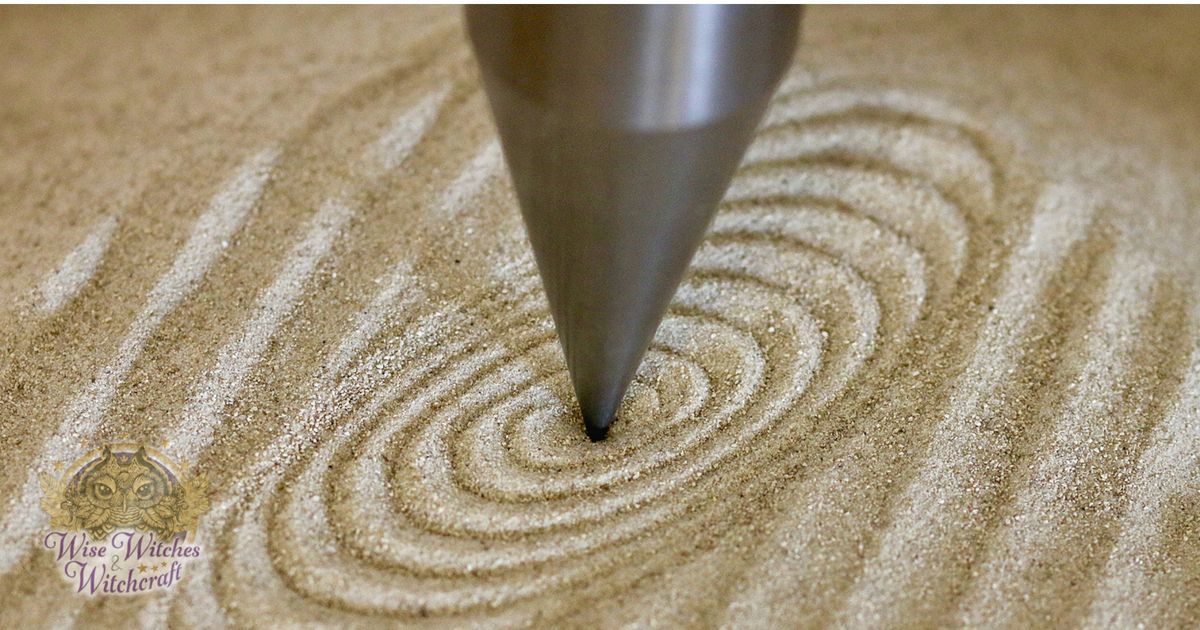
Even when you make something yourself it is good magical practice to give it a good cleaning before you use it. You just want to be sure no stray energy mucks things up. You have a bunch of options here, so pick one that works considering your base media and what you have available):
Earth Pendulum Cleansing: The Earth Element knows how to handle dirt even of the psychic kind. So, if an item won’t be damaged by soil, bury it in rich loam. We suggest using a potted plant. While putting your pendulum in the ground under a tree sounds nice, finding it later can get tricky if you don’t mark the spot adequately. Also make sure you bury it where no animals might go digging.
Moon and Sun Pendulum Cleansing: Using the light of the moon or the sun gives you a chance for magical multi-tasking. Not only will the light purify your pendulum, but it can charge it too. Sunlight is better suited to pendulums that you plan on using for questions about mundane matters like money and jobs. Moonlight is better for matters of emotions and intuition. Note that certain sacred stones like citrine, amethyst, fluorite, and turquoise may fade if left in the sun too long.
Salt Pendulum Cleansing: Get some dry sea salt and put it in a container. Place your pendulum in the salt for several days. Note that some crystals are sensitive to salt, like amber, so do your research. Some people like to store their pendulum in salt between uses.
Smudging and Sacred Smoke Pendulum Cleansing: Smudging an item with cedar or sage, or passing it through the smoke of a sacred fire is wonderfully simple and useful for every type of pendulum you might create.
Water Pendulum Cleansing: You can soak stones in salt water or sprinkle them with it, bringing the Water Element to bear. We suggest using spring water over tap water. Or, if you are near a healthy stream gather water there. If your media can be soaked, consider an herbal bath. Some common cleansing herbs include sage leaf, chamomile (a tea bag works), cinnamon, lemon rind, rose and mint.
Using Pendulums for Questions

The first few times you try your pendulum, it’s kind of like introducing yourself. You will be building a symbiotic relationship energetically. Begin by taking the end of the strand (be it string or chain) and hold it between your thumb and middle finger (you can use your index finger alternatively – whatever is more comfortable).
Place your elbow on a table with your hand upward so that the pendulum can swing over the surface easily. Steady the pendulum then ask it to show you a positive/yes reply. Most pendulums move clockwise or to the right for this. Calibrate for no too, which typically relays as counterclockwise movement or leftward movement. Be patient. Like any other divinatory art, it takes practice to see consistent results.
You already know what represents yes and no, so if you have a binary question your approach need not be more complex than asking. You can, however, get on-going information like a tree branching outward. For example
- “Should I look for a new job?” – “Yes.”
- “Should I be changing my field?” – “No.”
- “Should I be looking within 50 miles of home?” – “Yes.”
- “Should I apply at a big company?” – “No.”
and so on.
How to Make a Pendulum Chart
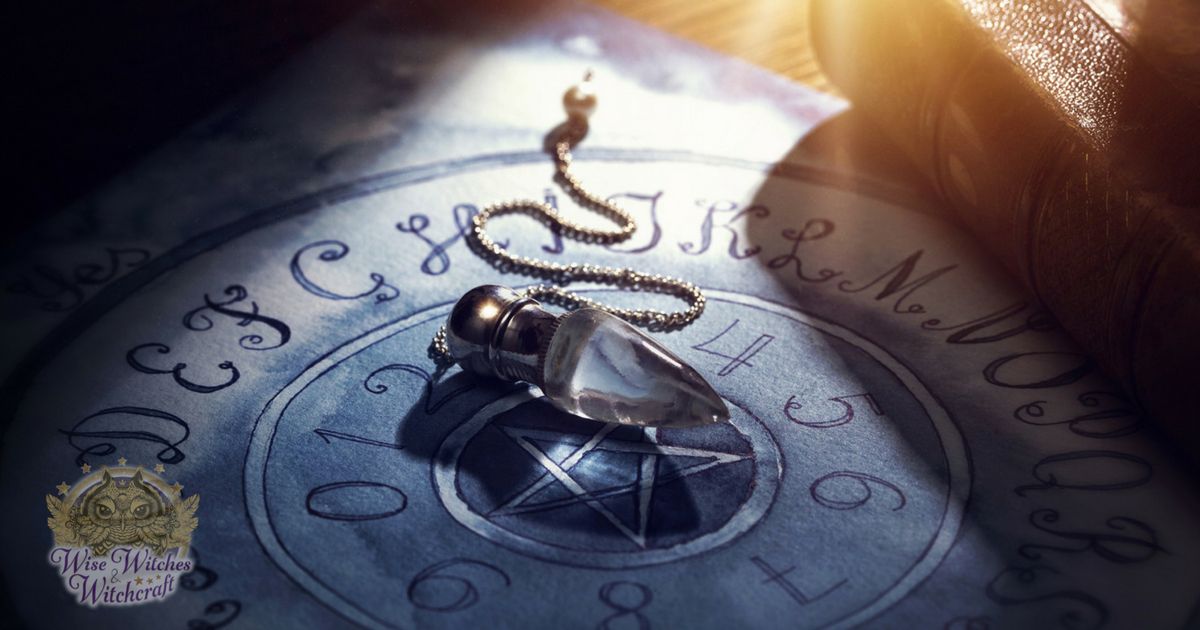
A more detailed way of using your Pendulum is by creating a round chart that you place on the table beneath your tool. The pendulum point goes in the middle. You can make this chart with any designations you wish. Examples include:
- No.
- Yes.
- Maybe.
- Wait.
- Caution – Risk.
- Loss – Disappointment.
- Helpful people.
- Past influencing present.
- Being too careful.
- Focus on Spiritual matters.
And so forth. Some people set out Tarot cards in a circle and use the corresponding message of the card as the basis for their readings. Others have used crystals and even Ouija boards. In any case the pendulum chart allows you to ask more specific information over a broad range of topics.
Make notes of your experiences in your Book of Shadows for future reference.
Other Uses for Your Magical Pendulum
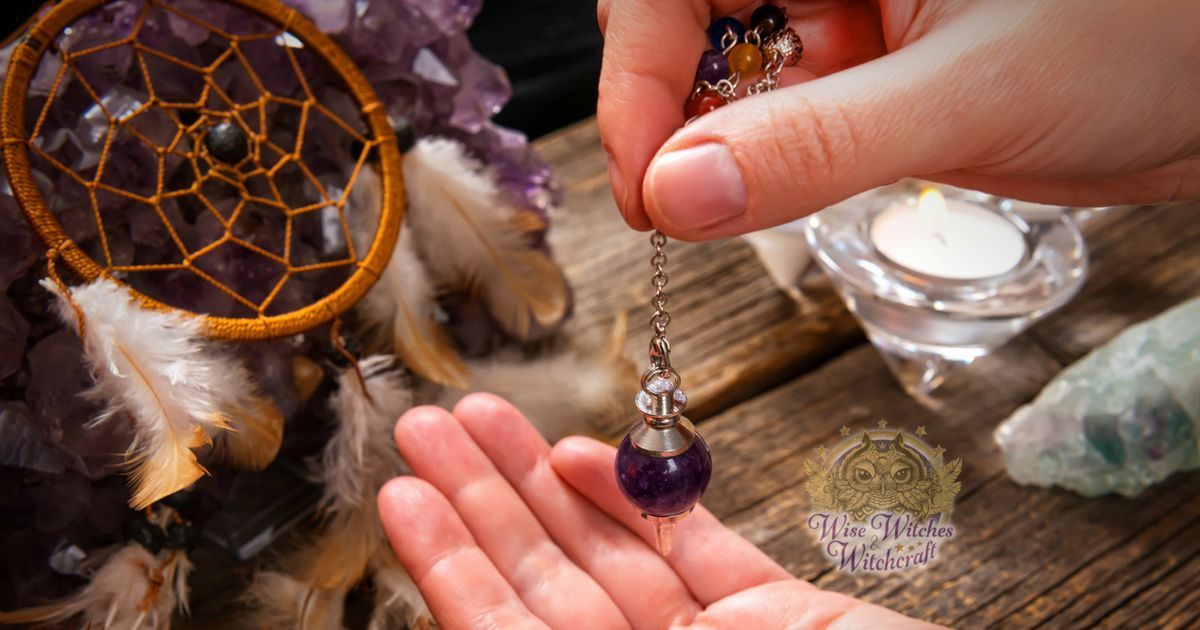
There are several neat ways to apply your pendulum to occult efforts. Besides divination, you could ask your pendulum for help with:
- Interpreting your Dreams.
- Finding an Animal Spirit.
- Discerning areas of illness.
- Scanning Chakras to find blockages.
- Following energy patterns like ley lines (akin to Dousing).
- Opening conduits to Angels, Master Teachers and Guides for messages.
Please be patient with yourself. It’s best to begin by focusing on ONE application for your pendulum until you become adept at it. Then branch out. When you’re trying too many approaches it usually doesn’t result in quality learning or results.

